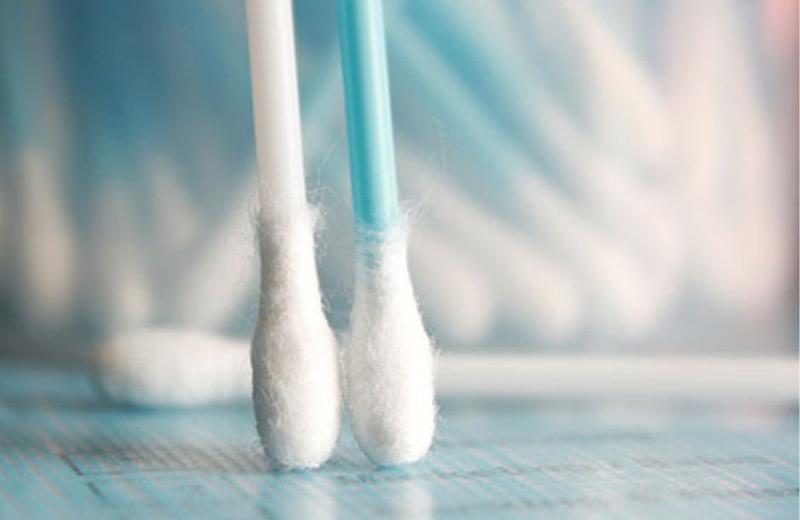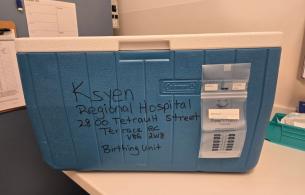"Hi Johnny," I say to the child in my office chair. "I'm just going to take a peek to see if you have any bananas in your ears." Johnny looks at me as if to say, "gee, this lady's crazy" and the look of apprehension that had been on his face has now shifted to his mother's. "I'm sorry," she says, "They must be quite dirty. I haven't had a chance to clean them." My next question may set the tone for the remainder of the appointment. The last thing a mother wants to do is harm her child and I certainly don't want to give her the impression I think she will, but I need to know. "How do you clean them?" I ask.
Nothing smaller than your elbow should go into your ear
We've all heard it said: Nothing smaller than your elbow should go into your ear. The manufacturers of the cotton swab warn against putting this device into the ear canal, yet it is well known that the main reason it is purchased is to clean the wax (cerumen) out of one's ears - despite the fact that it is quite ineffectual at doing so. There is nothing on the end of a swab to grab and pull at a chunk of wax. If there is a substantial amount of wax in the ear, the swab is only going to push wax further into the ear canal (best case scenario). Worst case scenario: An accidental move can push the swab straight into the danger zone and possibly damage the eardrum significantly.
It's true that many people report using swabs daily without incident. People report speeding in automobiles without incident as well. But any emergency doctor can tell you they've treated accident victims who are injured due to excessive speed, just like any doctor or audiologist can report they've seen a damaged eardrum due to an attempt to remove wax.
Wax protects our ears
All of this really misses the point: The wax is supposed to be there and is the very substance nature designed to protect our ears. It is created and lives in the outer part of the ear canal and its purpose is to moisturize and keep things like dust, dirt, and bugs from getting deep into the ear. It constantly migrates outwards where it dries and falls out of the ear, often unnoticed by us.
There are instances, however, where a lot of wax can be problematic. Some people's ears naturally produce more wax than others. Also, hearing aids do not allow for wax's natural migration out of the ear, trapping it in the canal and eventually rendering the hearing aid ineffective. If this happens, then indeed the cerumen must be removed. But here's the important part: It must be removed by a trained medical professional. Before removing the wax, they will use equipment that allows them to see into the ear canal properly, making sure there are no contraindications to removing the wax.
And I can assure you they will not be using cotton swabs!
… or candles. But perhaps that's a topic for another day!














Comments